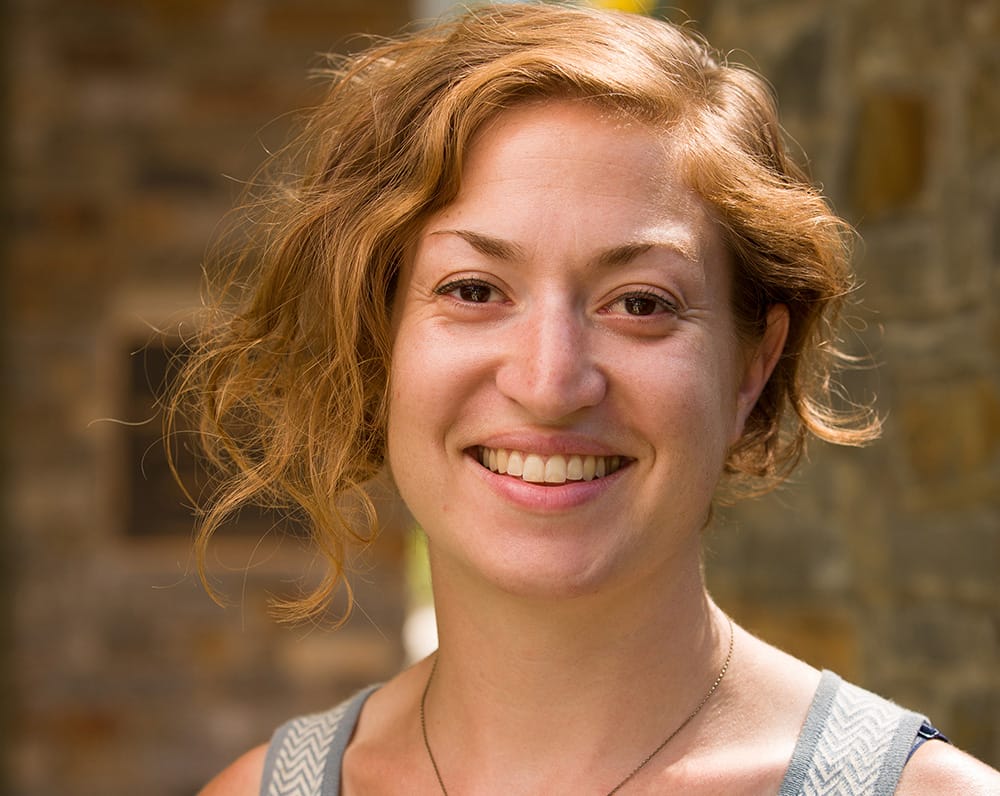Visiting Professor: Nicole Seisler

CGU is always pleased to welcome new additions to our faculty. Here is Nicole Seisler, who is a visiting professor and artist who is teaching at the School of Arts & Humanities’ Art Department. She was selected as the Joan and David Lincoln Visiting Professor in Ceramics in May 2015, and will also be teaching at Scripps College.
Seisler received her MFA from School of the Art Institute of Chicago.
WHY DID YOU CHOOSE TO COME TO CGU?
As the Lincoln Visiting Artist in Ceramics, I am part of a new collaborative program that bolsters the historic ceramics department at Scripps College and opens up new possibilities for ceramics at CGU. It is an incredible opportunity to help shape this new program and to push the field of contemporary ceramics forward alongside innovative faculty and high-caliber graduate students.
WHAT ARE YOUR RESEARCH INTERESTS?
My sculptural, site-responsive, and participatory work is part of a hybrid movement emerging from ceramics in which materiality and temporality are grounds for a conceptual framework. I directly engage others in my process and often position myself as “facilitator” in order to question authorship and blur the overlapping roles of artist and viewer. My most recent body of work centers on hierarchies and constructs of value in contemporary art, particularly in ceramics.
WHAT IS THE BEST BOOK YOU COULD GIVE SOMEONE TO GET THEM INTERESTED IN YOUR FIELD?
For grounding in modern history, I recommend Edmund de Waal’s 20th Century Ceramics; and to gain insight into a future avenue for the field, I recommend Urban Interventions: Personal Projects in Public Spaces.
WHAT TEACHER/MENTOR MADE THE MOST IMPACT ON YOU AND WHY?
Marj Taylor (when I was in high school in the Netherlands), Makoto Yabe (during my undergraduate studies at the School of the Museum of Fine Arts, Boston), and Kitty Ross (throughout graduate school at the School of the Art Institute of Chicago and beyond) are amongst my most influential mentors who have revealed the personal significance of clay, making, and teaching.
WHAT IS YOUR MOST COMMON FORM OF PROCRASTINATION WHEN TRYING TO GET WORK DONE?
When I have just finished a big project and should be jumping to the next big thing, I often make slump-molded bowls and plates instead. It’s like pickled ginger—they’re the palate cleanser of my practice.
WHAT ADVICE WOULD YOU GIVE GRAD STUDENTS THAT YOU YOURSELF DIDN’T LEARN UNTIL AFTER YOU RECEIVED YOUR MFA?
Rejection is not necessarily a bad thing. Sometimes it helps you or your work land in the right place.